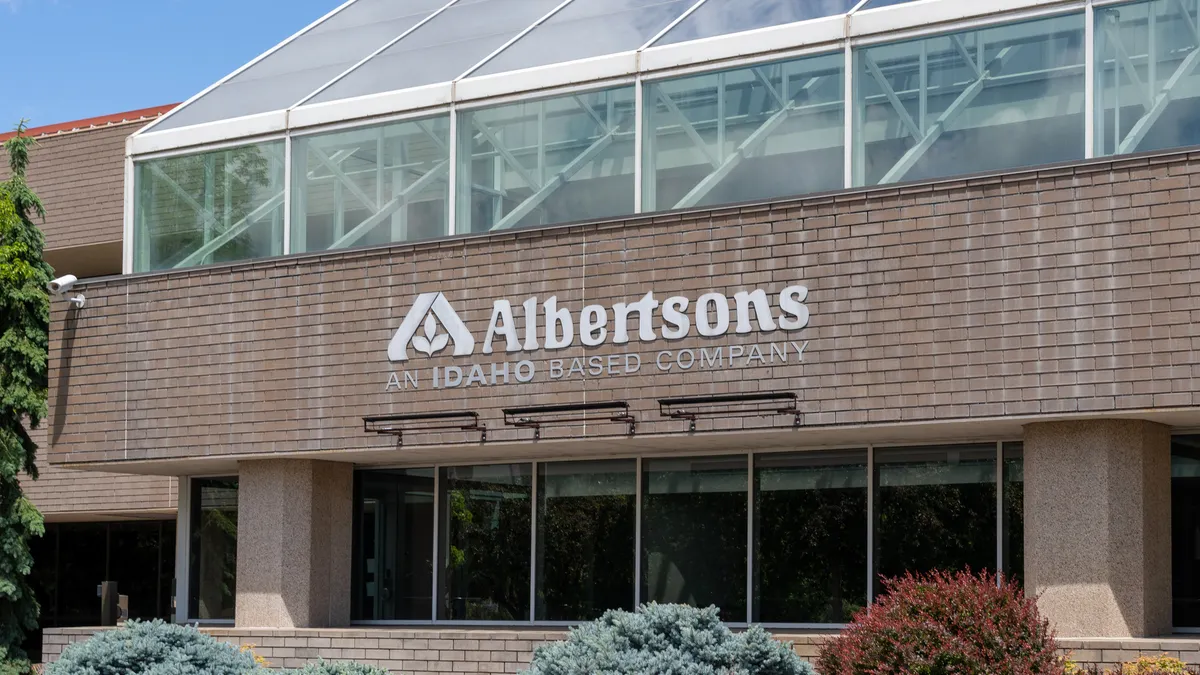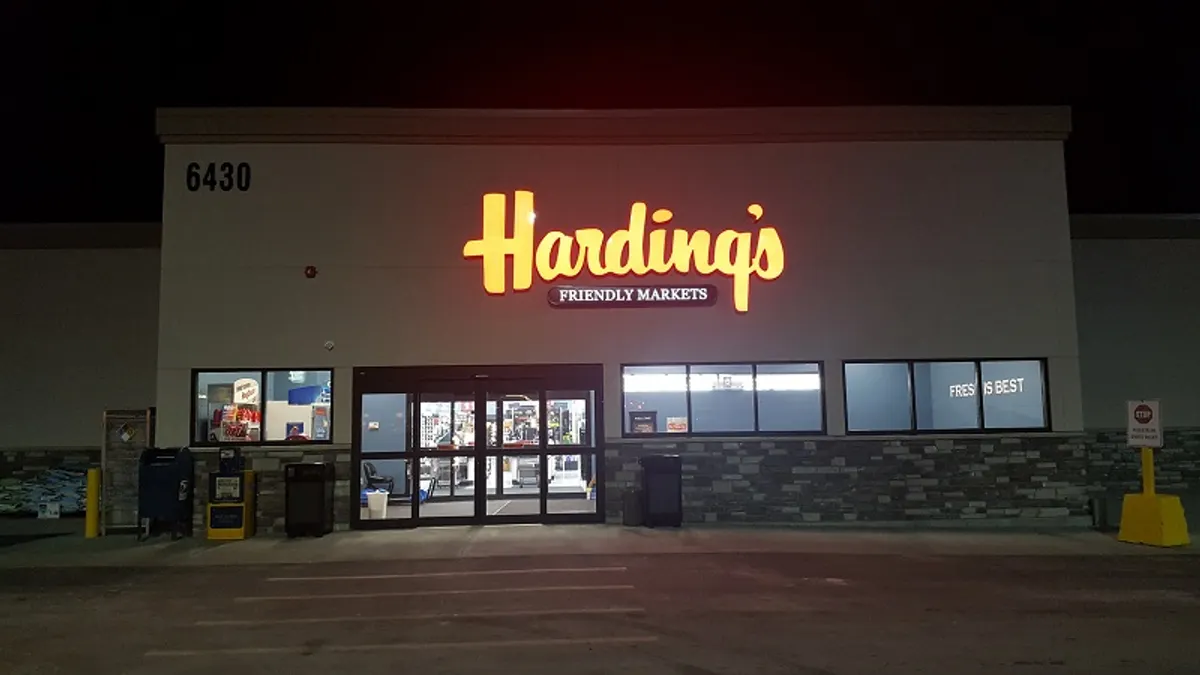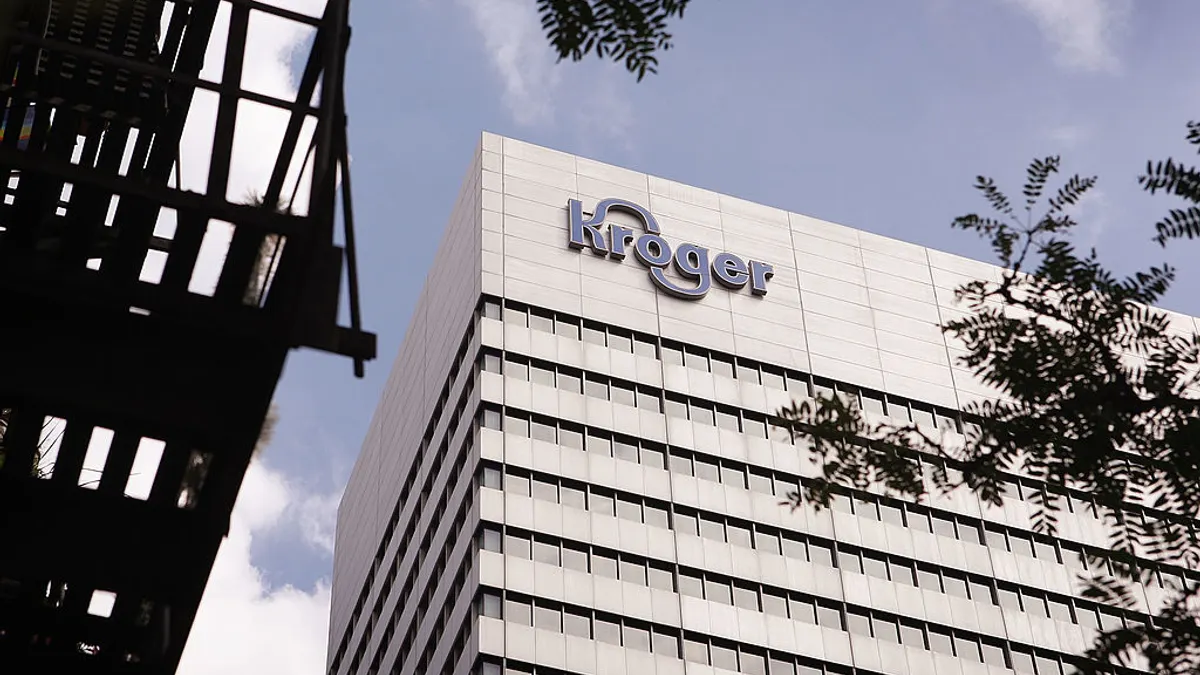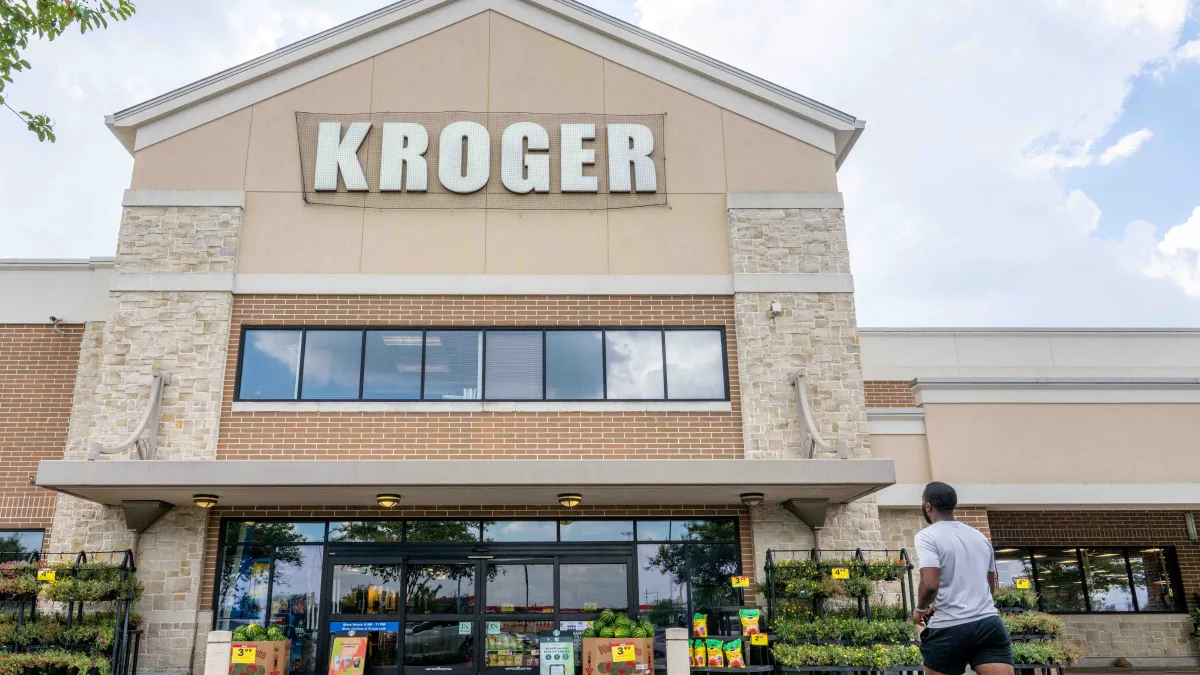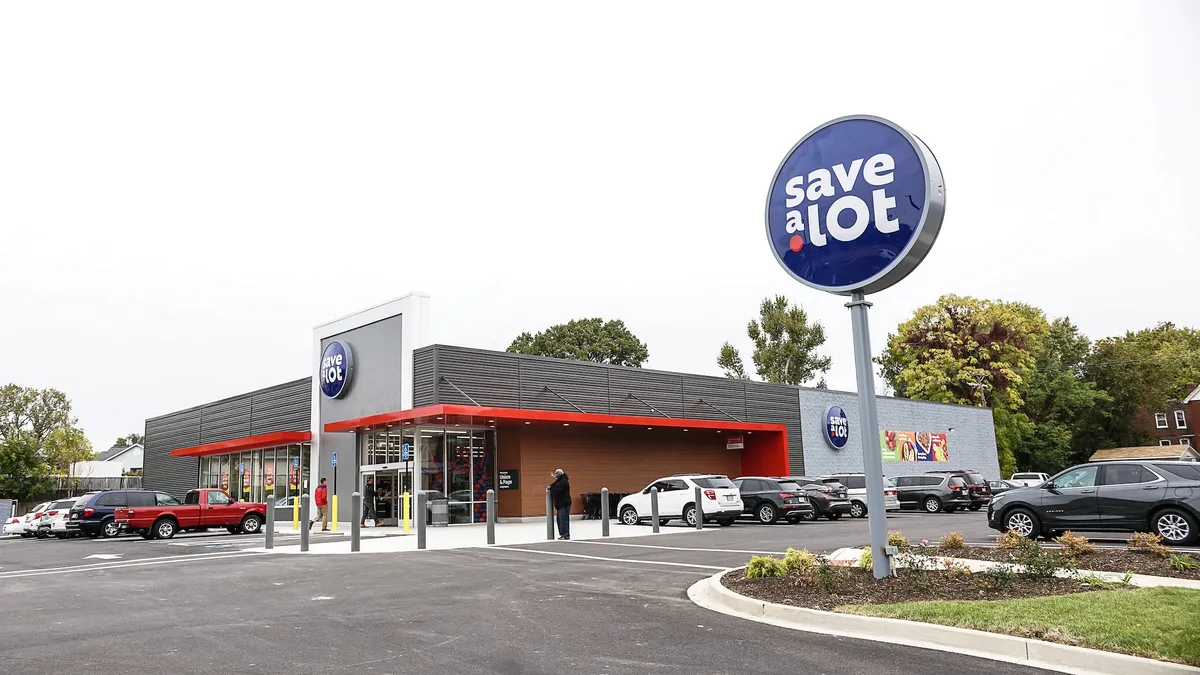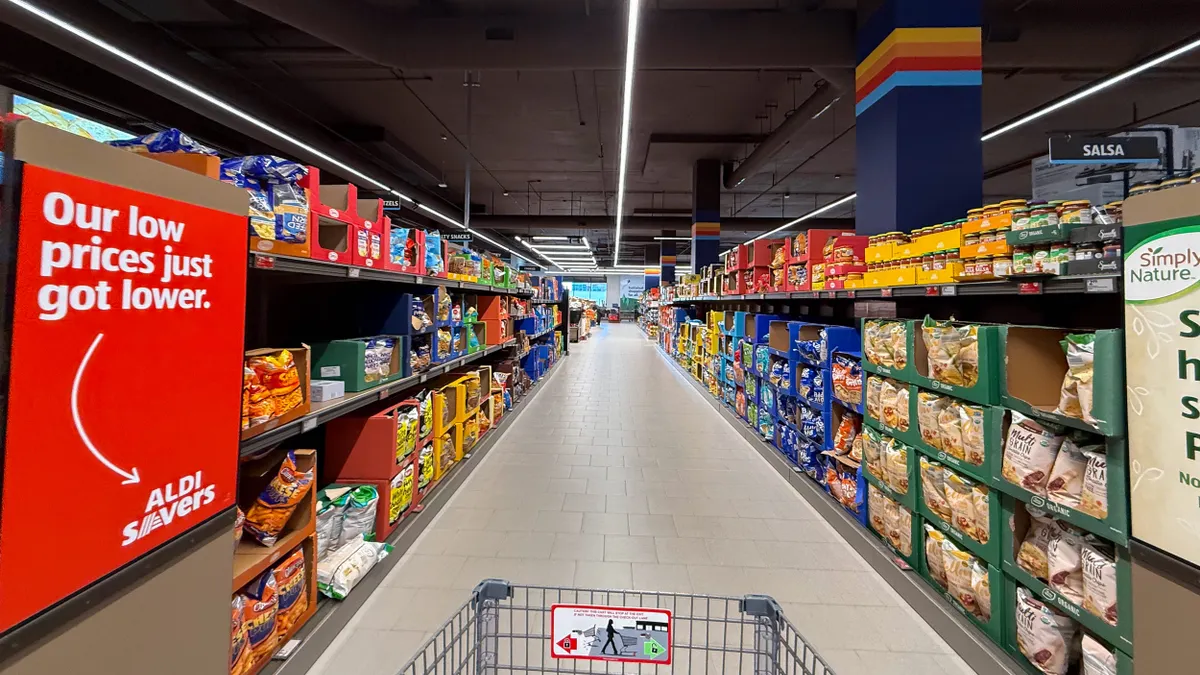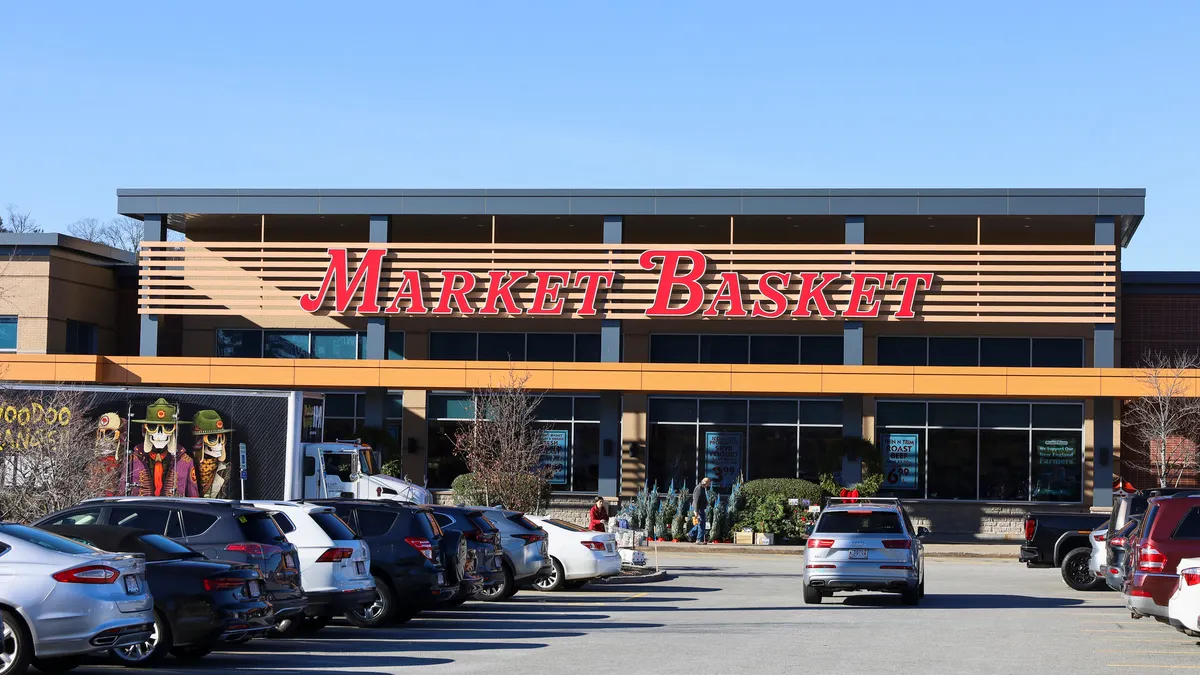The decision by Lidl last month to part ways with a significant portion of its U.S. administrative team is emblematic of the steep obstacles the German discount supermarket chain faces as it looks to replicate its success in countries across Europe on this side of the Atlantic, industry analysts said.
While Lidl has benefited handsomely from broad familiarity with its brand among European consumers as it has expanded across that continent, the company is still working to introduce itself to shoppers who know little about it six years after opening its first stores in the United States in 2017, said Sebastian Rennack, a retail analyst who runs Aletos Advisory in Germany.
“Lidl works in Germany and in Europe because they have a brand halo. They basically don't have to say much,” Rennack said. By contrast, he said, “What I see in the U.S. is geographical penetration is low, the locations are not necessarily well chosen for an American customer, and nobody knows them.”
But Rennack noted that Lidl is an agile retailer with the resources and patience it might well need to eventually find its way in the U.S., adding that the company has little choice but to expand outside Europe if it wants to continue to grow because it has essentially maximized its opportunities there.
“Lidl takes a long time, and that is something that the American grocers should not forget,” Rennack said. “Lidl is still a danger for the U.S. market.”
Lidl’s U.S. unit, which is based in Arlington, Virginia, currently operates more than 170 stores in nine East Coast states and Washington, D.C. In a sign the retailer remains focused on expanding its presence in the U.S, it recently spent nearly $145 million on property for a future distribution center outside Philadelphia.
By comparison, Lidl rival Aldi — which has been operating in the United States since 1976 — currently has 2,284 stores in 38 states and the District of Columbia.
Maxime Delacour, an insight manager for IGD in Canada who follows Lidl, observed that the grocer has a history of stealthily entering markets where they had little or no presence and gradually emerging as a substantial force.
“If you look at Lidl in France or in the U.K. or in Spain, the first five to 10 years, [you] barely heard about them. They were growing of course but seen as massive, major competitors,” said Delacour. “And after probably 10 to 15 years, depending really on the market … they started to be very competitive, and now in some markets, they're leading and disrupting.”
Rennack said a central issue for Lidl at this point is that it still has low name recognition in the United States, noting that the retailer’s heavy emphasis on products carrying its own brand heightens the challenge of building name recognition among U.S. grocery shoppers.
While shoppers in Europe — where Lidl is now in over 30 countries — are often familiar with Lidl before the company arrives where they live because they have encountered its stores and products elsewhere on the continent, U.S. shoppers who come into contact with the retailer are often doing so for the first time, Rennack pointed out.
Dollar stores pose a key challenge
Another challenge for Lidl as it looks to build momentum in the U.S. is that it faces growing competition in the discount grocery space from dollar stores, a phenomenon it does not have to deal with in Europe, Delacour said. Between them, Dollar General and Dollar Tree have more than 35,000 stores, and both companies have been adding groceries to their assortments.
“Lidl come with an interesting proposition for the market, like value [and] a very focused price, but I also feel they struggle to find something that differentiates them,” Delacour said.
Rennack noted that Lidl is also trying to break into the U.S. market at a time when more established players have been investing in their own private brands. “The current inflation and consumer budgets being tight also means that Walmart and Kroger are working on their private label offer, which means they are in direct competition with Lidl,” Rennack said. “So why should the consumer go to Lidl?”
Another complication for Lidl is that it has had trouble maintaining stability atop its executive structure in the United States, said Michael Infranco, assistant vice president of F&D Reports. The company’s current U.S. chief, Michal Lagunionek, arrived in mid-2021, making him the fourth CEO of Lidl US since the division began operating in 2015.
The multiple executive changes may have set the stage for Lidl’s recent move to lay off 200 corporate workers and is serving as a distraction for the company, Infranco said. “I don't think you're seeing something that is a portend of doom, but I do think it signals a little bit of dysfunction at the top that needs to be addressed,” he said. “With each change at the top comes changes down below.”
Infranco said Lidl will need to maintain a sharp focus on marketing as it looks to add stores in the United States and emerge from the shadow cast by Aldi, which he said has been able to “hit every single mark” as it has built a discount juggernaut with a presence across a broad swath of the country.
“To build out, Lidl has to have the equivalent of door-to-door warfare and go neighborhood by neighborhood,” Infranco said. “It's not as if people are going to flock to Lidl or even know about it … because they may be miles and miles away from one.”









